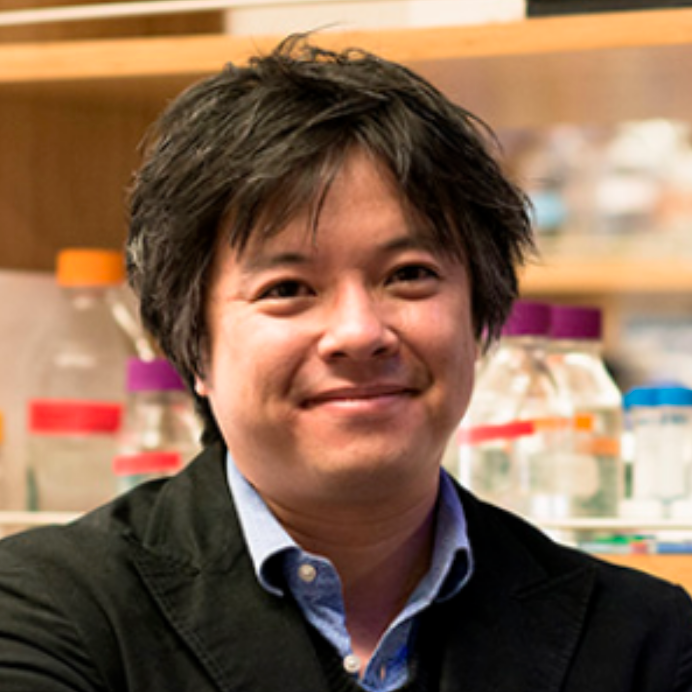Shaun Brinsmade
Email: sb1344@georgetown.edu
website
Regulatory Mechanisms of the CodY Protein of Staphylococcus aureus
Low G+C Gram-positive bacteria, including Staphylococcus aureus, are metabolically versatile and can interact with hosts in diverse ways. They can reside in and on our bodies in a commensal state or can cause life-threatening infections. Genetic switches, controlled in part by transcription factors that bind key intracellular metabolites, govern the reconfiguration of physiology that mediates the shift between commensal and pathogenic lifestyles. Despite observations that the expression of virulence genes often correlates with the exhaustion of available nutrients, there is limited knowledge about how the signaling of nutrient status and the resulting physiological responses are coordinated.
We are studying the integrated regulation of metabolism and pathogenesis in S. aureus, an important hospital- and community-acquired infectious disease agent responsible for significant morbidity and mortality. We are currently examining in depth the role of the global regulatory protein CodY in altering the activities of multiple metabolic pathways when faced with changing levels of nutrient depletion, and how this response is coupled to the production of virulence factors. A deeper understanding of cellular mechanisms underlying bacterial disease will reveal new ways to prevent the switch from harmless to harmful lifestyles that lead to potentially life-threatening infections.









